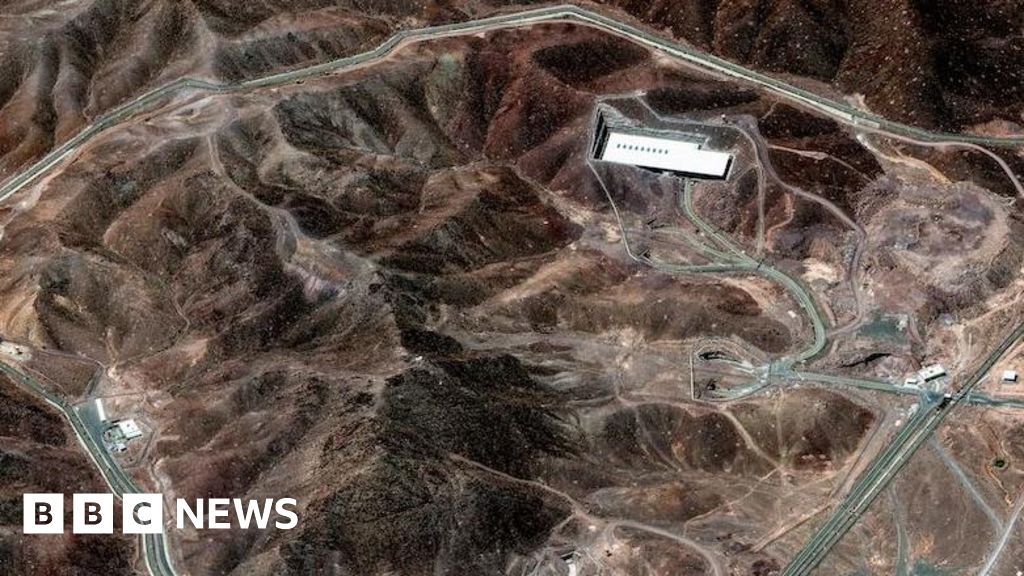Claim:
As of June 2025, the northern white rhinoceros was extinct after the last rhinoceros died.
Rating:
Rating: Mixture
What’s True:
Northern white rhinoceroses were feared extinct in the wild in 2008. In 2018, the last male northern white rhinoceros died at a conservancy project in Kenya. The only two that remain are a mother and daughter, Najin and Fatu, who live under armed protection from poachers at the same conservancy project. On their own, they cannot ensure the survival of their species …
What’s Undetermined:
… However, a new effort to breed northern white rhinoceroses via in-vitro fertilization has offered hope to bring the species back from the brink. Scientists managed to create and freeze 35 northern white rhinoceros embryos, which they hope to implant in female southern white rhinoceroses, which are the closest cousin species to the northern white rhinoceroses. It remains to be seen whether this project will succeed.
In June 2025, rumors emerged that the northern white rhinoceros was now extinct.
For example, a post on Facebook relayed the claim that the species that had existed for “55 million years” had not been able to “survive humans” and was now “functionally extinct” (archived):
https://www.facebook.com/photo/?fbid=1015200700782119&set=a.549950833973777
As of this writing, the post had gained 154,000 reactions and 62,000 reshares. People in the comments expressed sadness and concern. Other posts on Facebook further spread the rumor, some saying the animal was “officially” rather than “functionally” extinct. In addition, Snopes readers searched the website looking for confirmation that this was true.
Snopes found that it was indeed true that the northern white rhino was extinct in the wild — although two female specimens survive at a wildlife conservancy in Kenya. For all these reasons, we rated the claim that northern white rhinoceroses were extinct as a mixture of true and false information.
There are two types of white rhinos: the northern white rhinoceros and the southern white rhinoceros. According to the International Union for Conservation of Nature, an organization that classifies species by endangerment status, the northern white rhinoceros was critically endangered and possibly extinct in the wild. A major cause was poaching due to the high demand for their horns in Asia, particularly China and Vietnam. Meanwhile, the southern white rhinoceros was near threatened, with 10,080 individuals remaining.
The fact that the IUCN chose the “critically endangered” status rather than the “extinct in the wild” status has to do with the fact that there have been no sightings of northern white rhinoceroses in the wild since 2006. In the wild, they have been feared extinct since 2008, according to the IUCN.
The last known male northern white rhinoceros, a 45-year-old male named Sudan, died at Ol Pejeta, a conservancy project in Kenya, in 2018. The only two known northern white rhinoceroses, a mother and daughter named Najin and Fatu, now live under armed protection at Ol Pejeta.
However, a new scientific effort offered hope to bring the species back from the brink of extinction. An international consortium of scientists leading a project known as BioRescue is seeking to breed northern white rhinoceroses. Using eggs from Fatu and sperm collected from male northern white rhinoceroses before they died, they had produced, as of this writing, 35 embryos which they hoped to implant in female southern white rhinoceroses. (For medical reasons, neither Najin nor Fatu can carry pregnancies.)
The team received an award in 2023 for this project. As yet, the team has not implanted a northern white embryo, but they have successfully implanted southern white rhinoceros embryos in southern white rhinoceroses. This was the first time this technique was used on such rhinoceroses, leading BioRescue to hope they will be able to achieve this for northern white rhinoceros embryos.
Sources:
Almond, Kyle. “Just Two Northern White Rhinos Are Left on Earth. A New Breakthrough Offers Hope.” Www.cnn.com, 27 Jan. 2024, edition.cnn.com/interactive/2024/01/world/rhino-ivf-pregnancy-scn-cnnphotos/. Accessed 19 June 2025.
—. “The Life He Lived: Photos of the Last Male Northern White Rhino.” Www.cnn.com, 20 Mar. 2018, www.cnn.com/interactive/2018/03/world/last-rhino-cnnphotos/. Accessed 19 June 2025.
CNN, By Joshua Berlinger. “World’s Last Male Northern White Rhino Dies.” CNN, 20 Mar. 2018, www.cnn.com/2018/03/20/africa/last-male-white-rhino-dies-intl/index.html. Accessed 19 June 2025.
Davis, Josh. “World’s First Rhino IVF Could Help Save the Northern White Rhino.” Www.nhm.ac.uk, 24 Jan. 2024, www.nhm.ac.uk/discover/news/2024/january/worlds-first-rhino-ivf-could-help-save-the-northern-white-rhino.html. Accessed 19 June 2025.
Emslie, Richard. “IUCN Red List of Threatened Species: Ceratotherium Simum Ssp. Cottoni.” IUCN Red List of Threatened Species, Name, 6 Jan. 2020, www.iucnredlist.org/species/4183/45813838. Accessed 19 June 2025.
—. “IUCN Red List of Threatened Species: Ceratotherium Simum Ssp. Simum.” IUCN Red List of Threatened Species, Name, 6 Jan. 2020, www.iucnredlist.org/species/39317/45814320. Accessed 19 June 2025.
International Rhino Foundation. “White Rhino.” International Rhino Foundation, 29 Sept. 2020, rhinos.org/about-rhinos/rhino-species/white-rhino/. Accessed 19 June 2025.
“World’s First Successful Embryo Transfer in Rhinos Paves the Way for Saving the Northern White Rhinos from Extinction – Leibniz Institute for Zoo and Wildlife Research.” Www.izw-Berlin.de, 24 Jan. 2024, www.izw-berlin.de/en/press-release/world-s-first-successful-embryo-transfer-in-rhinos-paves-the-way-for-saving-the-northern-white-rhinos-from-extinction.html. Accessed 19 June 2025.
“Home | Biorescue.” Biorescue.org, 31 Oct. 2023, www.biorescue.org/en. Accessed 19 June 2025.
Source link













